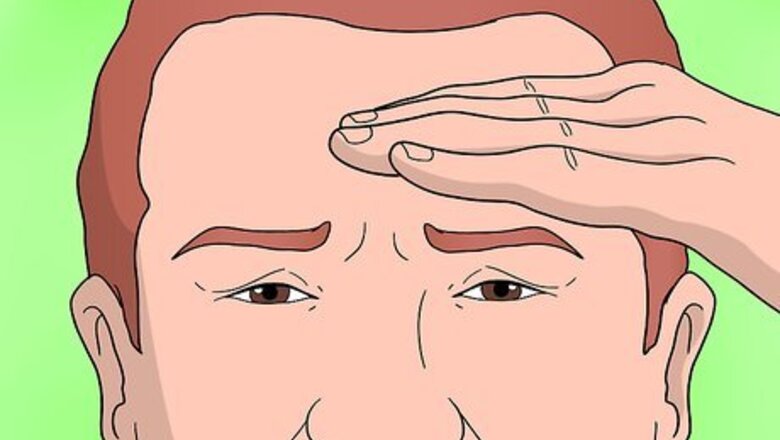
views
Identifying Symptoms of Vision Loss
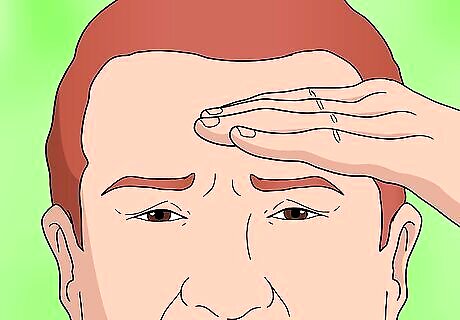
Notice squinting. This is the act of tightly squeezing the eyes together in an effort to see objects better. People with vision problems often have different shaped eyeballs, cornea, or lens. This physical malformation prevents light from entering into the eye correctly and causes blurry vision. Squinting narrows the curvature of the light and increases the clarity of vision.

Be aware of headaches. Headaches can be caused by eye strain. Eye strains are caused by placing too much stress on the eye. Activities that cause eye strains include: driving, staring at computers/tv for long periods of time, reading etc.
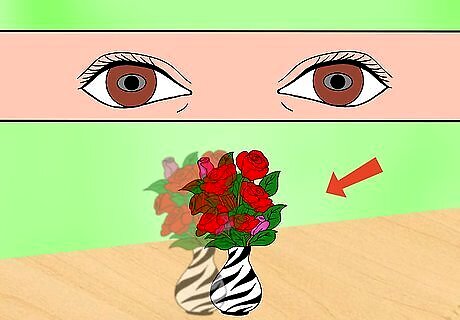
Pay attention to double vision. Double vision is seeing two images of one object. It can occur in one eye or both. Double vision can be caused by having an irregular shaped cornea, cataracts, or astigmatism.
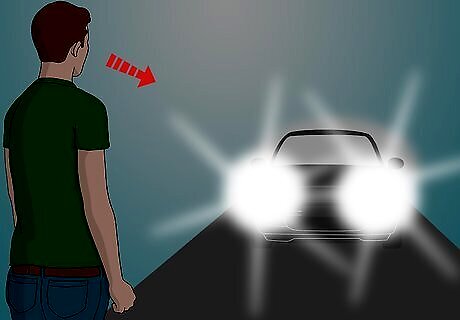
Look for light halos. A halo is a bright circle surrounded by a source of light, usually headlights. Halos typically occur in dark environments, for example at night or in dark rooms. A halo can be caused by nearsightedness, farsightedness, cataracts, astigmatism, or presbyopia.
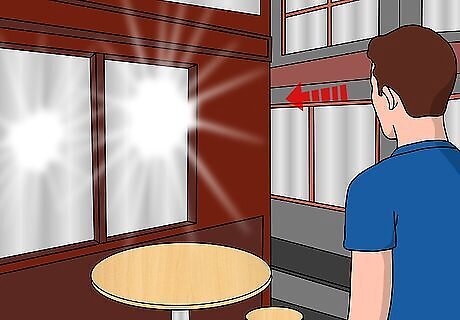
Notice if you are experiencing a glare. A glare is a source of light that enters your eye that does not improve vision. A glare typically occurs in the daytime. A glare can be caused by nearsightedness, farsightedness, cataracts, astigmatism, or presbyopia.
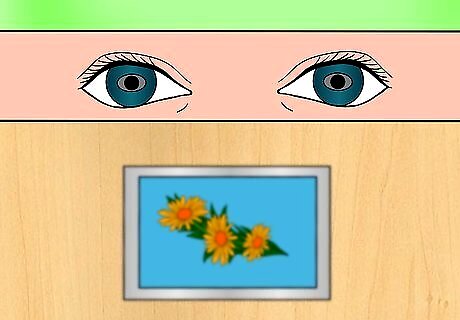
Notice blurry vision. Blurry vision is the loss of sharpness in the eye which affects the clarity of vision. Blurry vision can occur in one eye or both. It is a symptom of nearsightedness or farsightedness.
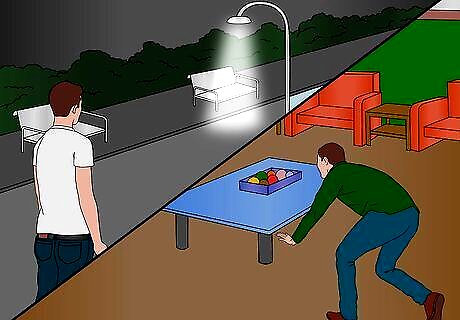
Pay attention to night blindness. Night blindness is trouble seeing at night or in dark rooms.This condition is typically made worse when someone has just been in a bright environment. Night blindness can be caused by cataracts, nearsightedness, certain medication, vitamin A deficiency, retina issues and birth defects.
Understanding Common Vision Disorders
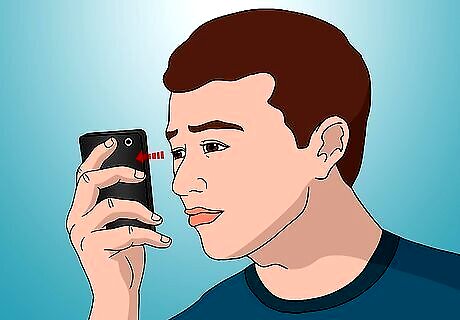
Identify nearsightedness. Nearsightedness makes it difficult to see objects far away. This is caused by having an eyeball that is too long, or a cornea that is too curved. This affects the way light is reflected on the retina, which causes blurred vision.
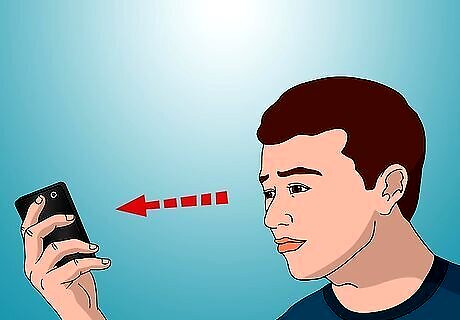
Identify farsightedness. Farsightedness makes it difficult to see objects that are up close. This is caused by having an eyeball that is too short, or a cornea that is not curved enough.
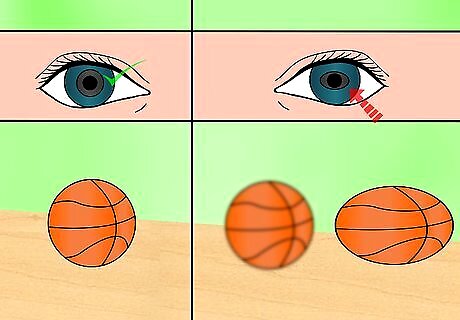
Identify astigmatism. An Astigmatism is when the eye doesn’t focus light properly into the retina. Astigmatism causes objects to appear blurry and stretched out. It is caused by an irregular shaped cornea.
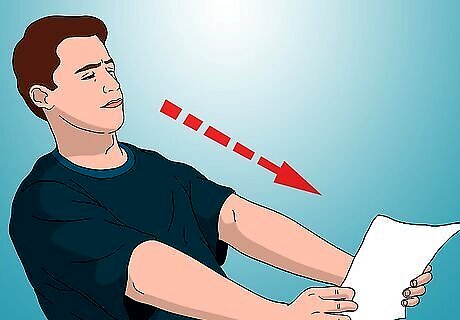
Identify presbyopia. This condition typically comes with age (over 40). This condition makes it difficult for the eye to focus on objects clearly. Presbyopia is caused by a loss of flexibility and thickening of the lens inside the eye.
Going to the Doctor
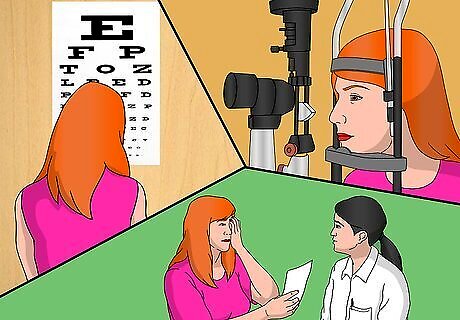
Get tested. Diagnosing vision loss is done by performing a series of tests called a comprehensive eye exam. There are several components to this test. A visual acuity test is a done to determine the sharpness of your vision. It is done by standing in front an eye chart with several lines of the alphabet. Each line has different sized letters. The largest letters on top and the smallest on the bottom. This examination will test your near vision by determining the smallest line you can read comfortably without strain. Screening for hereditary color blindness is part of the exam as well. Perform a cover test. This test will determine how well your eyes work together. The doctor will have you focus on a small object with one eye, and cover the other one. The purpose of doing this allows the doctor to determine if the uncovered eye has to re-focus to see the object. If the eye does have to re-focus to see the object, this could indicate extreme eye strain which would cause a “lazy eye”. Examine the health of your eyes. To determine the health of your eye, your doctor will perform a slit light test. Your chin will be placed in a chin rest that is connected to a slit light. This test is used to examine the front part of the eye, (cornea, lids, and iris) as well as the inside of the eye (retina, optic nerves).
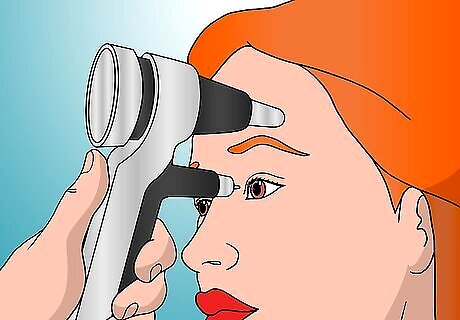
Test for glaucoma. Glaucoma is an increase in pressure inside the eye (due to increased amounts of fluid) that can lead to blindness. Testing for glaucoma is done by blowing a small burst of air into the eyes and measuring the pressure. Diagnosing glaucoma is very important as it helps you get the right treatment at the right time.
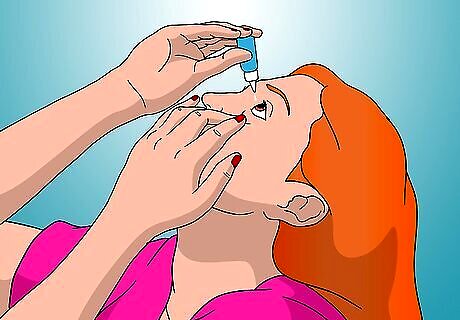
Get your eyes dilated. It is very common to have your eyes dilated during an eye exam. Dilating the eyes involves placing medicated eye drops in the eye with the purpose of dilating (widening) the pupils. This is done to look for diabetes, high blood pressure, macular degeneration, and glaucoma. Dilating the eyes usually last a few hours. Bring a pair of shades after the exam, as bright sunlight could be harmful to dilated pupils. The actual dilating of the eyes does not hurt, but it may be uncomfortable.
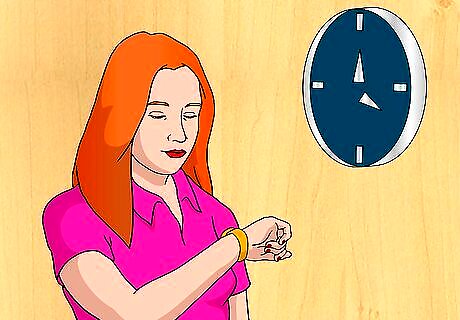
Wait for the test. Comprehensive eye exams can take about 1-2 hours. Although the majority of the test results are immediate, the doctor may want to do further testing. If so consult your healthcare provider for a timetable.

Determine your eyeglass prescription. This is done by doing a refraction test. The doctor will show you a series of lens choices and ask which choice is clearer. This test determines the severity of nearsightedness, farsightedness, presbyopia and astigmatism.
Seeking Medical Treatment
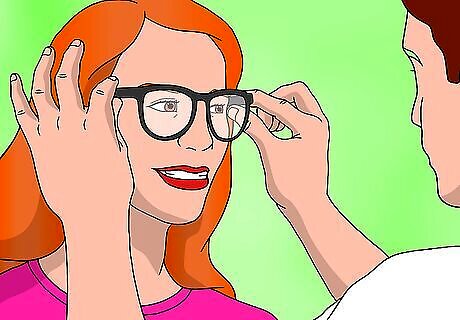
Wear eyeglasses. Vision problems are primarily caused by light not focusing properly in the eye. Eyeglasses help redirect the light to focus properly onto the retina.

Wear contacts. Contacts are smaller lenses that are meant to wear directly on the eye. They float on the surface of the cornea. There are many options you can choose from, for example some contacts are daily wear (one time use), others are designed to last longer. Some contacts come in different colors and are designed for specific types of eyes. Consult your healthcare provider for the appropriate selection to meet your needs.
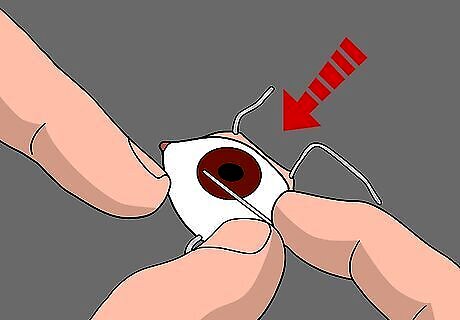
Correct vision with surgery. While glasses and contacts are the more traditional method for correcting vision, the surgical method is gaining in popularity as well. There are SEVERAL different type of surgeries for the eye. However the two most common are LASIK and PRK. In some cases surgery is suggested because contacts and eyeglasses are not effective enough to improve vision. In other cases corrective surgery is suggested as an option to wearing long term glasses or contacts. LASIK is formally known as laser in-situ keratomileusis. This surgery is used to correct nearsightedness, farsightedness, and astigmatism. This surgery replaces the need to have contacts or eyeglasses. The FDA has approved LASIK eye surgery to be done on patients 18 years or older with an eye prescription of at least one year. Despite this, most physicians will recommend waiting until the mid-20’s because they eye are still changing. PRK is formally referred to as photorefractive keratectomy. It is similar to Lasik in that it also treats nearsightedness, farsightedness, and astigmatism. The age requirement for PRK is the same as LASIK.

Determine if medication is an option. For most common eye conditions, nearsightedness, farsightedness, presbyopia and astigmatism, medication is not used. For more serious problems your healthcare provider may prescribe a medication usually in the form of eye drops or pills. If you need further treatment seek your healthcare provider for more information.




















Comments
0 comment